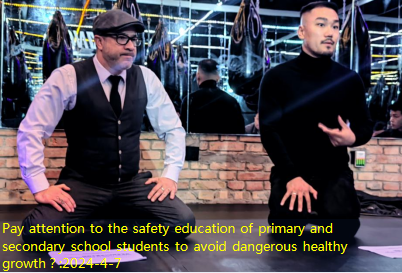The Rwandan Genocide: Unleashing the Darkest Chapter in History
April 1994 marked the beginning of one of the most horrific and gruesome events in recent history – the Rwandan Genocide. This genocide, which lasted for approximately 100 days, saw the systematic extermination of an estimated 800,000 people, primarily from the Tutsi ethnic group, by the Hutu majority. The event left a deep scar on the nation and the international community, forever altering their perception of humanity’s capacity for cruelty and indifference.

The spark that ignited this brutal massacre was the assassination of Rwandan President Juvénal Habyarimana on April 6th, 1994. Habyarimana’s plane was shot down near Kigali, the capital of Rwanda. Though the exact culprits behind the attack remain uncertain, it is widely believed that extremist Hutu factions wanted to eliminate any possibilities of a peaceful resolution to the ongoing tensions between the Hutu and Tutsi communities.
Within hours, the streets of Kigali were engulfed in chaos and violence. Hutu militias, armed with machetes, guns, and other crude weapons, unleashed a campaign of terror against the Tutsi population. Roadblocks were set up throughout the country, with identity cards examined to determine ethnicity. Tutsis found themselves targeted for their ethnicity, with their own neighbors and even family members turning into bloodthirsty killers.
As the days turned into weeks, the brutality escalated to unthinkable levels. Massacres occurred not only on the streets but also within churches, schools, and even hospitals, where people had sought refuge. Women were systematically raped, children were mercilessly murdered, and bodies were strewn across villages and towns, filling the air with an incomprehensible stench of death and despair.
Throughout this dark chapter, the international community stood silent, offering little intervention or assistance. The United Nations peacekeeping force in Rwanda, known as the United Nations Assistance Mission for Rwanda (UNAMIR), was severely understaffed and lacked a clear mandate to intervene effectively. Amidst conflicting interests and a lack of political will, the genocide continued unabated.
It was not until July 1994, after a Tutsi-led rebel force known as the Rwandan Patriotic Front (RPF) gained control of the country, that the genocide started to come to an end. By then, however, the scale of human suffering and loss was overwhelming. The scars left behind by the Rwandan Genocide can still be felt today, as the country strives to rebuild and heal the wounds of its tragic past.
The events of April 1994 in Rwanda serve as a haunting reminder of the consequences of hate, prejudice, and indifference. The world can never forget the lives lost and the atrocities committed during those fateful days, as we strive to build a future where such horrors are never repeated.




